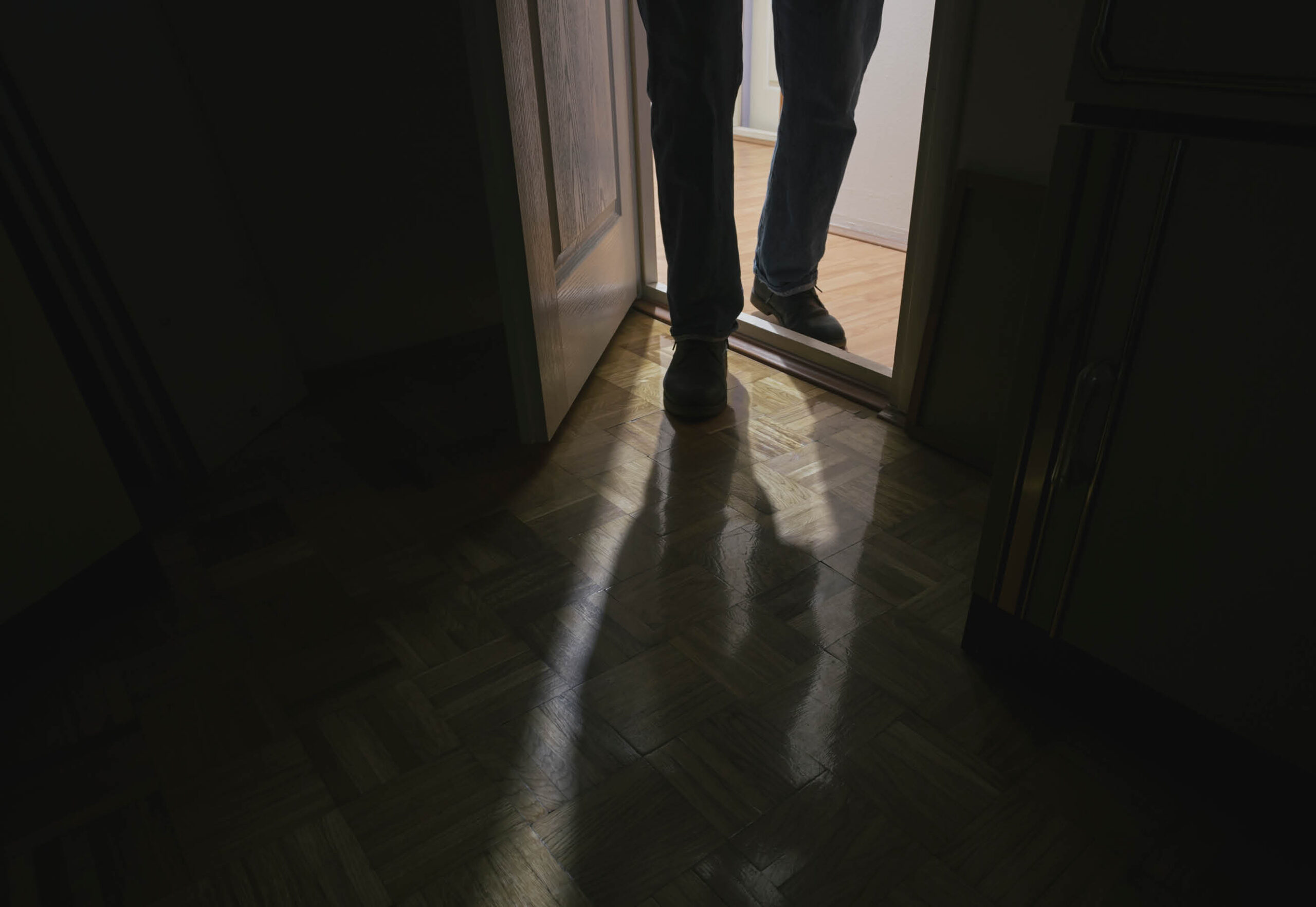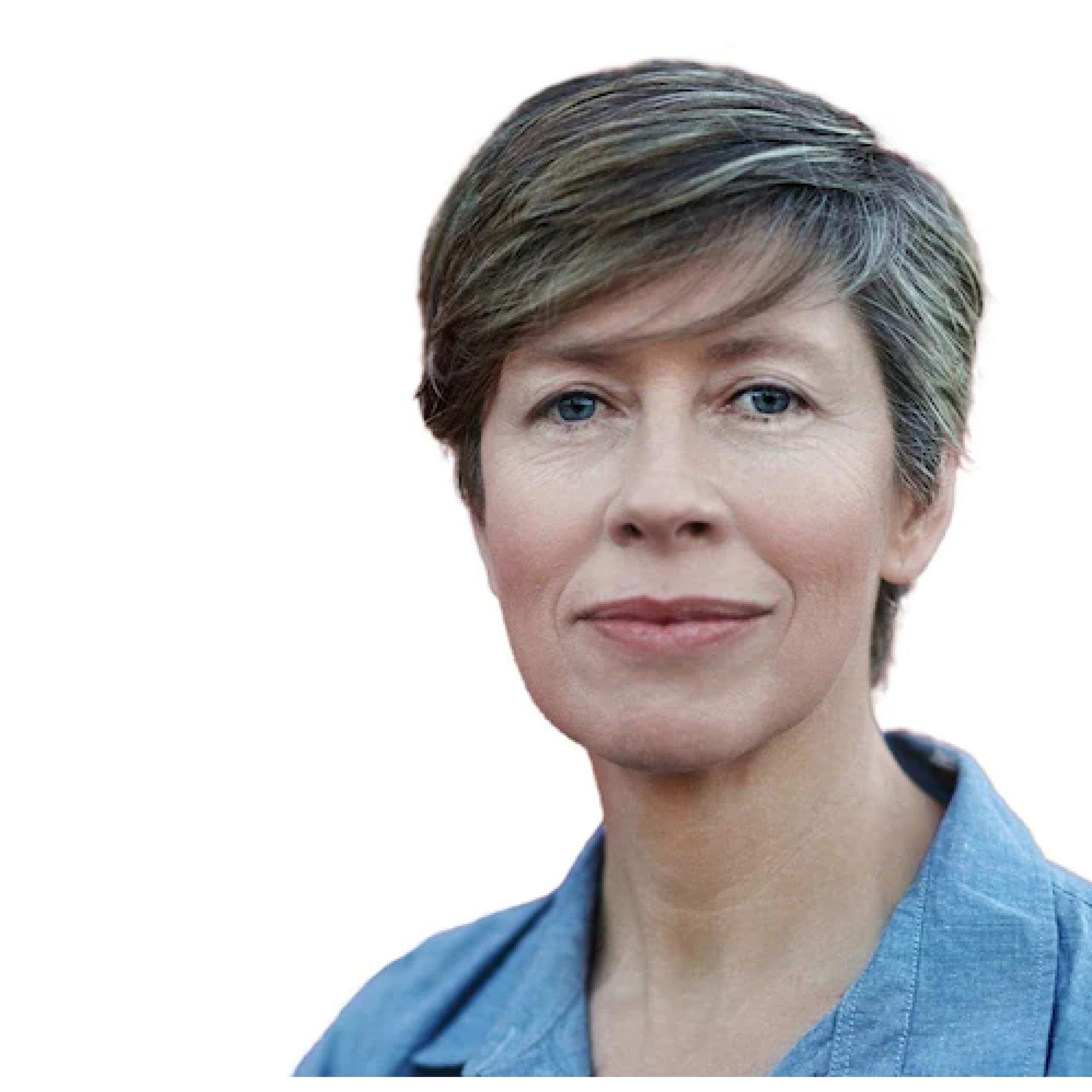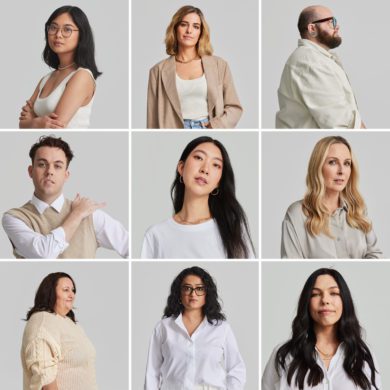Everyone, everywhere, all at once, has an opinion about domestic, family and sexual violence. A spike in the number of violent deaths of women, the majority of them murdered by their current and former partners, has drilled through the national consciousness.
You have heard the names already. Among them, Molly Ticehurst, Hannah McGuire, Mauwa Kizenga, Amarjit Kaur Sardar. Alison Robinson, Erica Hay, Emma Bates. All women with once full lives, passions, work, families, dreams, experiences to have and to share.
The crimes against them moved protestors – the vast majority of them women – to march through the streets urging an immediate national intervention, to stop the daily roll call of women and children sacrificed on the altar of male violence. They carried placards.
“We deserve justice,” read one. “I said stop” read another. Not to forget the poster (carried by a man), that read “Boys will not be boys. They will be what we teach them.”
For the first time, the prime minister convened a national summit on the subject of domestic violence. The premiers and relevant federal cabinet ministers sat alongside Federal DV commissioner, Micaela Cronin, to focus on what can be done. Announcements followed. Most significantly, permanent funding for the Leaving Violence pilot programme ($925 million over five years) which provides eligible survivors with short term payments and support.
There were also gestures toward dealing with online harms – namely reviewing the Online Safety Act, and new laws to ban “deep-fake” pornography, as well as proposed restrictions on children accessing inappropriate content online.
But largely absent from the conversation – invisible in the room – are the men who use violence. Also absent: how to engage men to stop their abuse, and how to prevent them from repeatedly offending.
Where are the men?
That’s a big problem, says Phillip Ripper, who leads No to Violence in Victoria, which has worked with men who use violence for 30 years.
“We need a strategy that focuses on men’s violence. Not a strategy to move women around from refuges, or change the locks,” says Ripper.
“None of it is focused and we need to be laser focused. How do we make it easy for men to change their behaviour? How do we make sure that men who use violence are held accountable? How do we break intergenerational cycles of trauma?”
We need a strategy that focuses on men’s violence. Not a strategy to move women around from refuges, or change the locks.
In Queensland, Professor Michael Flood, an internationally recognised researcher on men, masculinities and violence prevention, is thinking along similar lines.
“It’s complicated. I think there’s been a focus on high-risk men, men who are most at risk of killing partners, or ex-partners,” he says, in a nod to the debate over bail reform and the use of ankle bracelets, for example.
“That’s understandable. There’s been less attention, though, on the men who are already using some form of physical or sexual violence, who are already engaged in controlling and coercing their partners. Attention has focused particularly on the men who are more lethal, but we have to address the men who are heading that way.”
Attention has focused particularly on the men who are more lethal, but we have to address the men who are heading that way.
For Hala Abdelnour, CEO and founder of the Institute of Non Violence, there’s frustration at what she regards as a dangerously narrow response so far.
“A lot of the conversation, and the funding, was focused on leaving the violence – and around the adult female experience. That’s a very valid and common experience.
“But how many refuges do you build? It doesn’t solve the problem. There was no mention of the people using violence at all. And it contradicts [the] evolution in the DV sector [which] recognises men have to leave the home, not the women.”
How many refuges do you build? It doesn’t solve the problem.
In the responses so far, attention has been paid to men already identified by the criminal system. But that will impact only a small proportion of the problem, says Professor Flood.
“Only a very small proportion – maybe two percent – of people who use violence come to the attention of the criminal legal system. So, focusing all our efforts on how that system can respond more effectively to that two percent isn’t enough. We also need much broader strategies that engage and seek to change those individuals already using lower level forms of violence, or at risk of doing so.”
Phillip Ripper puts it in stark terms.
“The vast bulk of family violence – 80 per cent – is not being reported to police. So when you consider the lived experience of women and children all over the nation, for hundreds of thousands tonight, they’ll be walking on eggshells.
“They’ll be anxious about how the man is coming home tonight. Has he been drinking? Is he looking a bit angry? What are we going to do when the shouting starts? Those people are living in fear every night, and that trauma, stress and anxiety faced in hundreds of thousands of homes is not being addressed at all by anything we saw in the national cabinet.”
So, are we on the brink of a missed opportunity? It’s rare to find family and domestic violence policy on the front pages, a subject of conversation in the community, a focus for debate between powerbrokers. A courageous response could mark a turning point for generations to come.
Hala Abdelnour worries that it isn’t just perpetrators who are being left out of high-level conversations; other important groups, like Indigenous Australians and the LGBTI community are notable absences.
“And children,” she points out, “there was nothing about children. There’s this assumption that women escaping violence will escape with their children, but that doesn’t address the fact that if you’re older than 12, and a boy, you can’t go into a refuge with your mother.”
Professor Flood says he’s frustrated by commentary suggesting primary prevention – or culture change among men and boys – is misdirected, or has failed.
“I’m fearful there’s a misguided backlash against efforts to address gender norms, and inequalities. It’s prompted by some understandable frustration with the slow pace and unevenness of change. But I think it throws the baby out with the bathwater. And the baby we’re throwing out is the need for broader structural and cultural change.”
Cultural shifts are neither easy to measure nor package as soundbites. The narrative is that men won’t change, and it takes too long to do. But Phillip Ripper believes there’s hope.
“Most men do not want to use violence. But they’ve grown up in violence, they’ve grown up where they’ve seen sexist, misogynist attitudes, they’ve seen violence perpetrated by their fathers. And they find themselves as young fathers replicating patterns from their childhood.
“We’re not making it easy for those wanting to find a pathway out now. If we’re committed to ending family violence, we’ve got to be working with those people who are looking for a better way. It’s the most simple principle of behaviour change, you want someone to do something different. Make it easy.”
If you or someone you know is experiencing violence, please contact 1800 RESPECT. And If you are concerned about your behaviour, or about someone using violence, call Men’s Referral Service on 1300 766 491.
Want more stories like this? Sign up to PRIMER’s free weekly newsletter here.












No Comments